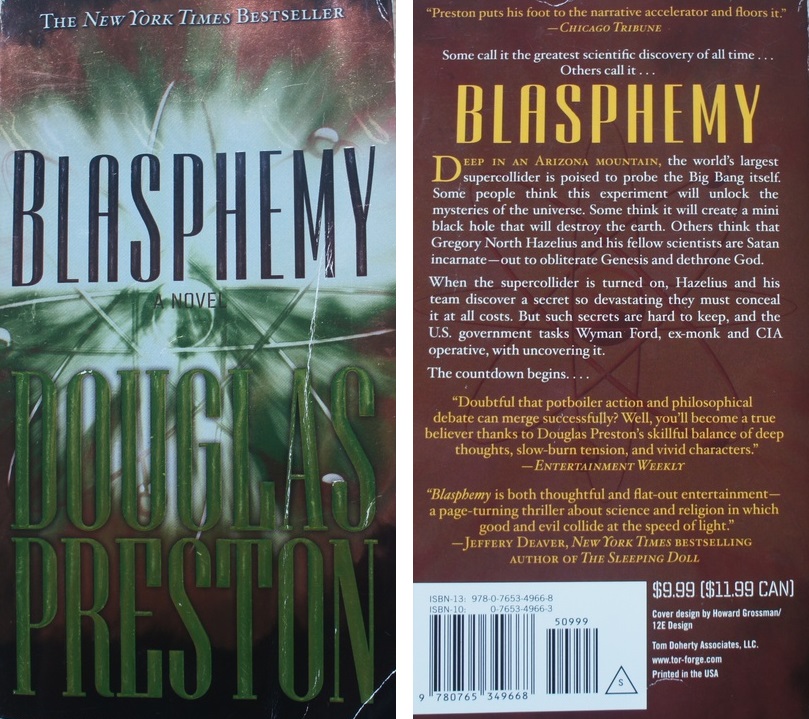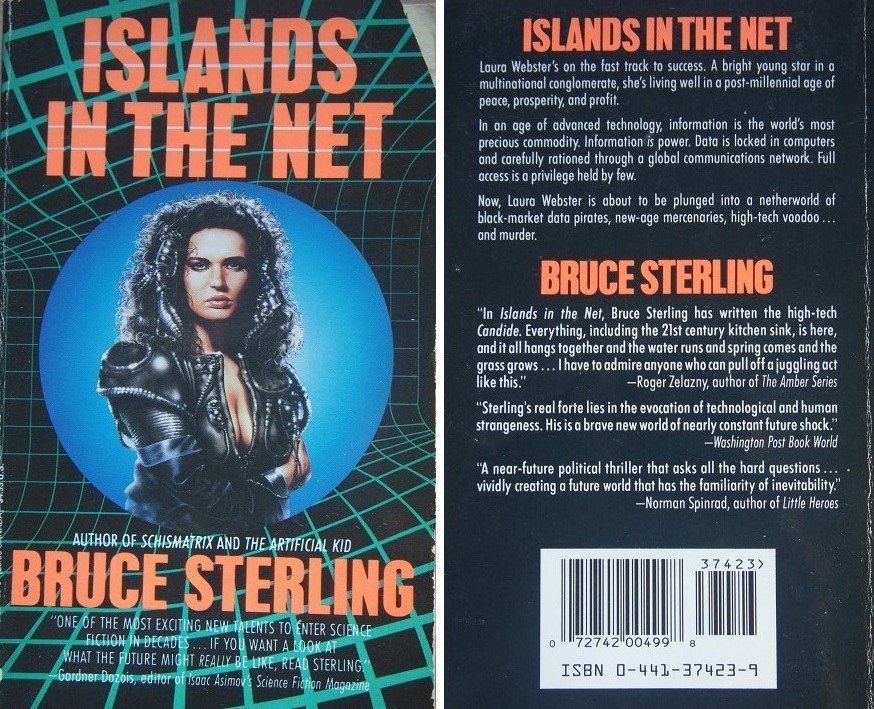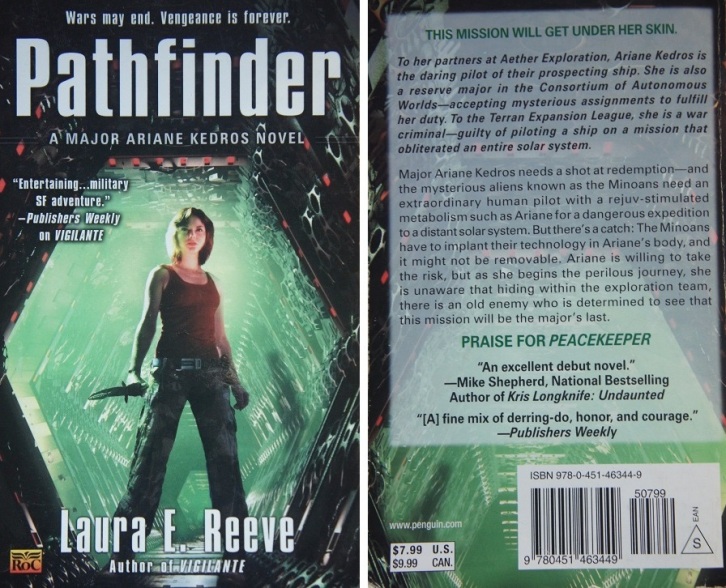
This is book number five in The LOST FLEET: BEYOND THE FRONTIER series, which comes immediately after The LOST FLEET series, which begins with a book called The LOST FLEET: DAUNTLESS, which is a good book. LEVIATHAN is also a good book. It is also the only book in the entire LOST FLEET and BEYOND THE FRONTIER series which ends without a cliffhanger, to my knowledge. So if you were hankering for some good military science fiction, then you definitely could buy the entire LOST FLEET and LOST FLEET: BEYOND THE FRONTIER series and read them all in sequence and then finish with LEVIATHAN and not have a cliffhanger that makes you wait a year before getting back to the good stuff. Then again, LEVIATHAN is the conclusion of the BEYOND THE FRONTIER series, which followed The LOST FLEET series, which means there isn’t any more good stuff in this exact series coming up. (You could check out The LOST STARS series for more stuff set in this universe, but I don’t like that series as much as the other two. While the first and second are intriguing, they seem to lack the focus and depth of the other two series, and the third novel seemed more like a fluffy romance drama with some seriously creepy twists than watching a seriously good commander make tough strategic and tactical decisions and deal with the consequences. But the fourth book seems to wrap up that series, so I probably will pick it up and reread The LOST STARS series soon.)
I think The LOST FLEET series is pretty good. It focuses on Captain “Black Jack” Geary, a legendary starship captain whose escape pod was lost in the first battle of a war that has lasted over a hundred years. The book starts with an Alliance invasion fleet recovering his escape pod. The invasion fleet then stumbles into a well-set trap, the fleet and its leadership is decimated, and it is up to Captain Geary to take control of the fleet and get it safely home.
This is even more of a challenge than it sounds, as a hundred years of bitter, unconstrained war have changed the Alliance so much that Captain Geary hardly recognizes his people and their war tactics. The books focus on how Geary adapts to that, and how he manages to sculpt change amongst his commanders and the fleet. There are also lots of space battles and plenty of intrigue.
The LOST FLEET: BEYOND THE FRONTIER series focus on the aftermath of what happens once the fleet returns to Alliance territory. (Spoilers!! But not really. I mean, it’s Cap’n Black Jack Geary. Of course he makes it home!) Here the focus changes to how Geary and his fleet interact with the various non-Alliance worlds, what they discover out beyond the frontier, and the resulting responses from the various inter-Alliance factions. This second series maintains the first’s focus on societal patterns and motivations, and the factors and reasons which shaping those outlooks. Except some of the societies involved are aliens (SPOILERS!! But not really… I mean, do you even read the book jacket summaries?), and they are carefully thought out, with motives that are more complex than simple ciphers of human behavior. The series also still has a lot of space battles and intrigue.
Cover Art: The paperback cover for Leviathan is much inferior to the hardback cover, which is awesome and amazing and colorful and perfect. And I got the paperback. See, here is a thumbnail of the hardback cover:

Sigh…



 *(I couldn’t find a back cover, so I took the official description I could find and pasted it on black.)
*(I couldn’t find a back cover, so I took the official description I could find and pasted it on black.) 


 This is the third of the three Major Ariane Kedros books. It relies on the events and characters of the previous books more than the second book relied upon the first, but in doing so picks up a lot of interesting loose ends and further develops them.
This is the third of the three Major Ariane Kedros books. It relies on the events and characters of the previous books more than the second book relied upon the first, but in doing so picks up a lot of interesting loose ends and further develops them.